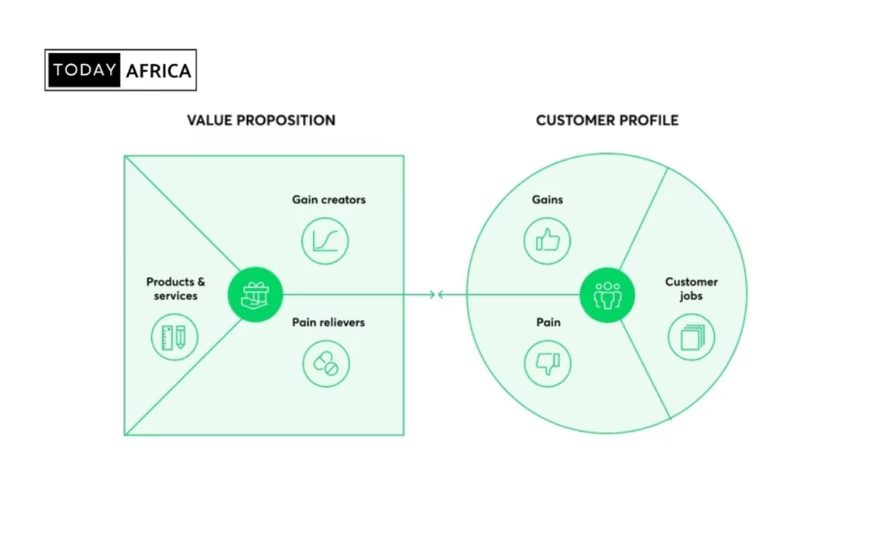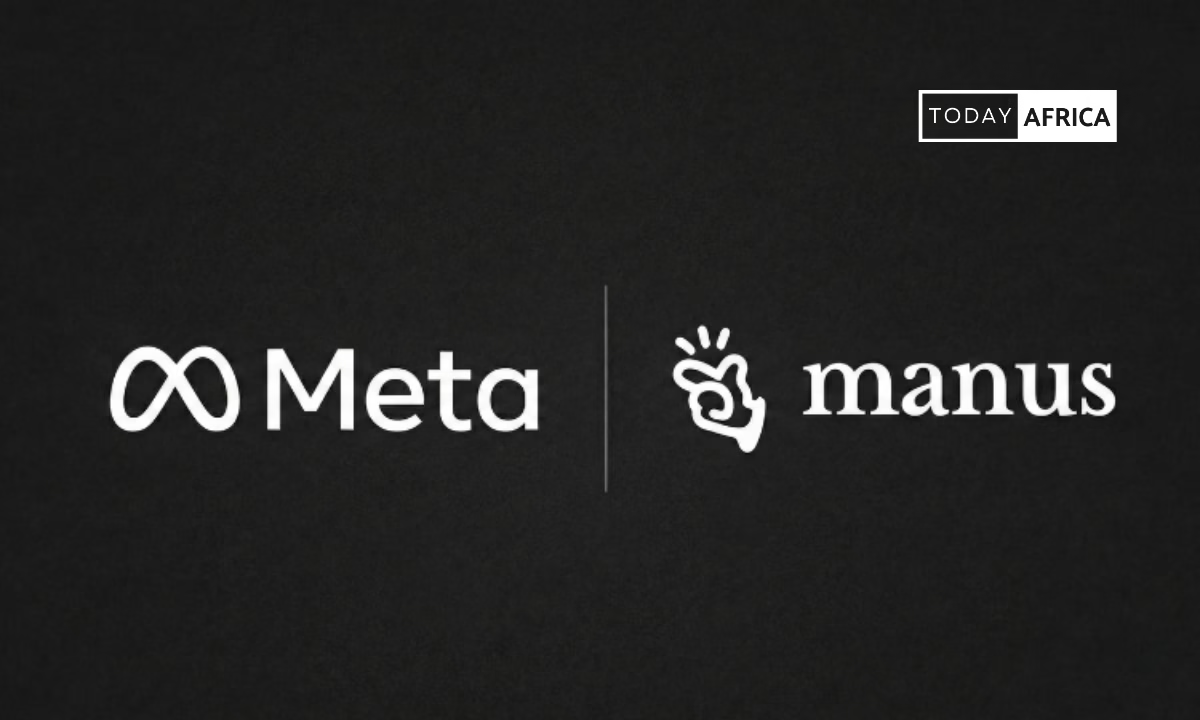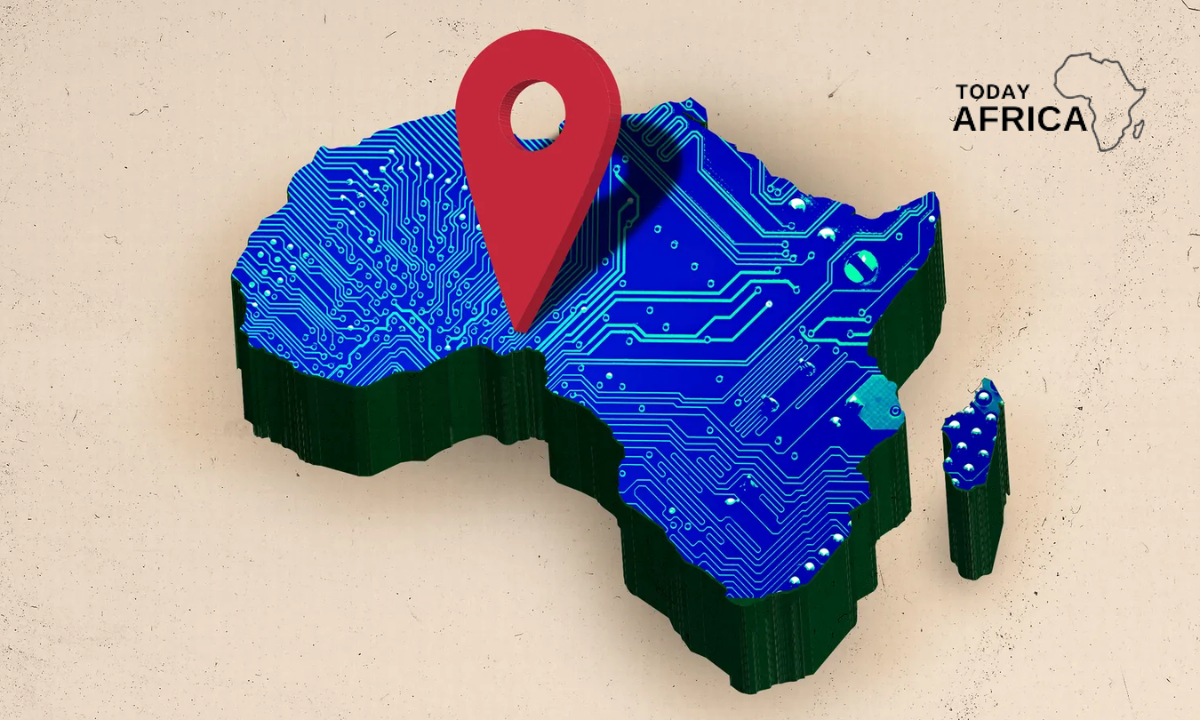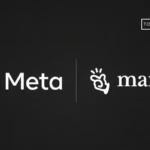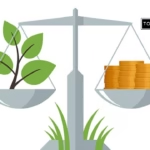Before launching Today Africa, we knew one thing for certain: the world doesn’t need another product nobody asked for.
Too many founders pour months of energy, money, and passion into building something only to discover there’s no real demand. We didn’t want to make that mistake.
At this early stage of Today Africa, our job isn’t to scale. It’s not about adding features, chasing users, or pitching investors. It’s about figuring out what matters most to our ideal market and creating value they actually care about.
That’s why nailing your value proposition early is critical. In this guide, we’ll show you how to design a compelling startup value proposition, using our own journey at Today Africa as a case study.
What’s a startup value proposition?
Your value proposition answers a deceptively simple question:
Why should someone choose your product over every other option, including doing nothing at all?
This isn’t your tagline or a product description. It’s the why behind your product. A strong value proposition communicates:
- The problem you solve
- Who you solve it for
- Why your solution is better or different
It describes the real value of what you’re building and the outcomes it delivers. Clear. Specific. In your customer’s language. That’s what makes people care. That’s what drives action.
Great products come from deep customer understanding
Many startups start with an idea they love. They sketch out features, imagine interfaces, and only later ask: Who’s this really for?
The best products don’t come from guessing. They come from an obsessive understanding of the customer.
That’s where the Value Proposition Roadmap comes in. It breaks your thinking into two halves:
- Your customer’s world
- Your product’s response
The strongest value propositions are born out of insight, not assumption.
Step 1: Get inside your customer’s head
Before building Today Africa, we took time to deeply understand the people we wanted to serve by mapping three critical areas:
- Jobs: What are they trying to do?
- Functional: “Build a business or career.”
- Emotional: “Feel confident and inspired.”
- Social: “Look successful and informed.”
- Pains: What’s frustrating or slowing them down?
- Gains: What would success look like? What outcomes would make their lives easier, faster, or more enjoyable?
Here’s the key: don’t guess.
Have real conversations. Ask open-ended questions. Watch how they talk about their challenges and what they value. That’s where true insight lives.
Step 2: Align your product with real needs
Next, we shifted our focus to what we were building and how it connects directly to those needs:
- Products & services: What exactly are we offering?
- Relief points: How does it reduce or eliminate customer pain?
- Customer gains: How does it help them achieve their goals?
If your product doesn’t solve a real pain or create a meaningful gain, it’s just noise. The best reactions sound like: “This is exactly what I need.”
Too many founders do the opposite: they fall in love with the product instead of the problem. They imagine features first, then scramble to find a problem that justifies them.
Flip it. Fall in love with the problem first, then build the best solution for it.
Read Also: 12 Africa-focused investment firms in 2025
Step 3: Craft your value proposition statement
Once you’ve mapped the customer profile and product fit, it’s time to translate your insights into a clear, compelling value proposition statement.
This isn’t copy for your homepage or investor pitch (yet). It’s the internal, foundational articulation of why your product matters to the people you’re building for.
A great value proposition statement is:
- Specific: Avoid vague claims. Speak directly to outcomes.
- Customer-focused: Center their needs, not your features.
- Clear: No jargon. Simple language that resonates.
Use this template:
For [target customer] who [specific need or pain], [Product name] is a [product category] that [key benefit or outcome].
Match your product to their needs
Let’s make this real. Imagine you’re building a product for remote designers constantly searching for quality job opportunities.
You talk to 15 of them and realize:
- They waste hours every week sifting through irrelevant listings.
- They feel overwhelmed by low-quality job boards.
- They crave tailored insights, not noise.
From this, you map out:
- Jobs: Find remote, well-paying design jobs
- Pains: Wasting time, feeling uncertain, lacking visibility
- Gains: Curated roles, faster applications, better chances of success
Now, imagine your product offers:
- A newsletter with high-quality, vetted job listings
- Application tips tailored to each role
- A dashboard to track follow-up responses
You’re not just pushing a product. You’re relieving pain and delivering gains. That’s a value proposition that resonates.
Test before you build
The biggest myth in startup land is that you need to build something before testing it.
You don’t. You can (and should) test your value proposition before you ever launch. That’s how you save time, money, and heartache.
What we did at Today Africa:
- Started telling real stories of African founders.
- Had conversations with aspiring entrepreneurs to gauge reactions.
Were people asking questions? Sharing the stories? Clicking our call-to-action? Or were they scrolling past without a second thought?
The goal isn’t perfection. It’s clarity. You’re figuring out whether what you think is valuable is also what your customer thinks is valuable. If it’s not? No shame. Tweak. Refine. Iterate.
Read Also: How Compliance and Paperwork Can Assist You with Funding Readiness
Build for the right problem
It’s easy to build something that looks good. It’s harder—and far more powerful—to build something people can’t live without.
That starts with your value proposition. When you get it right, everything else becomes easier: marketing, sales, product direction, growth.
But getting it right requires humility, curiosity, and a deep respect for the people you’re building for.
So before you scale, pause. Zoom in. Talk to your customers. Nail your value proposition. Because when you solve the right problem, you’re not just building a startup—you’re building momentum.
Leave a comment and follow us on social media for more tips:
- Facebook: Today Africa
- Instagram: Today Africa
- Twitter: Today Africa
- LinkedIn: Today Africa
- YouTube: Today Africa Studio

